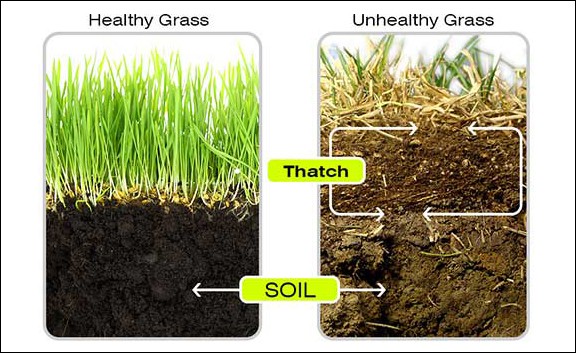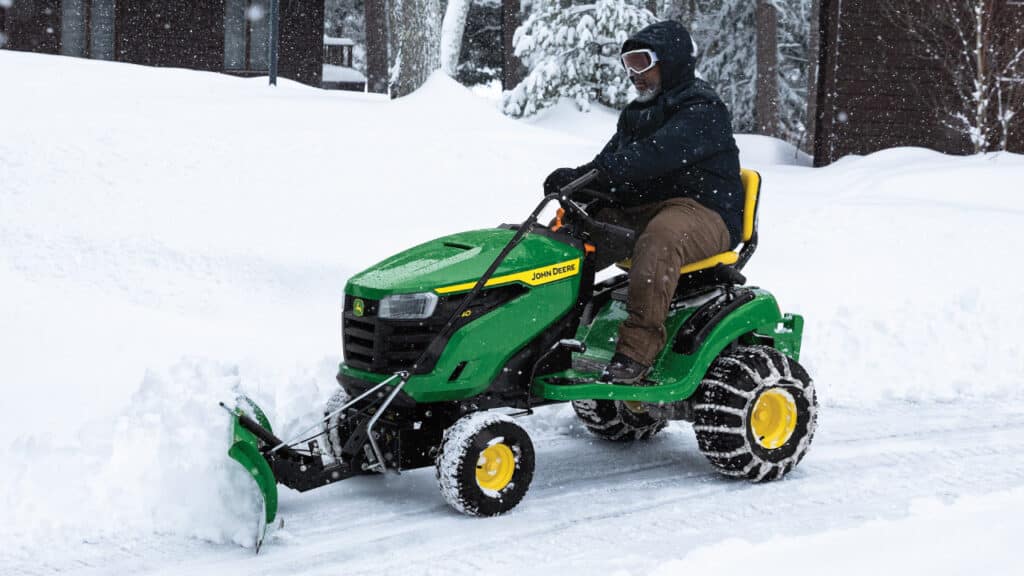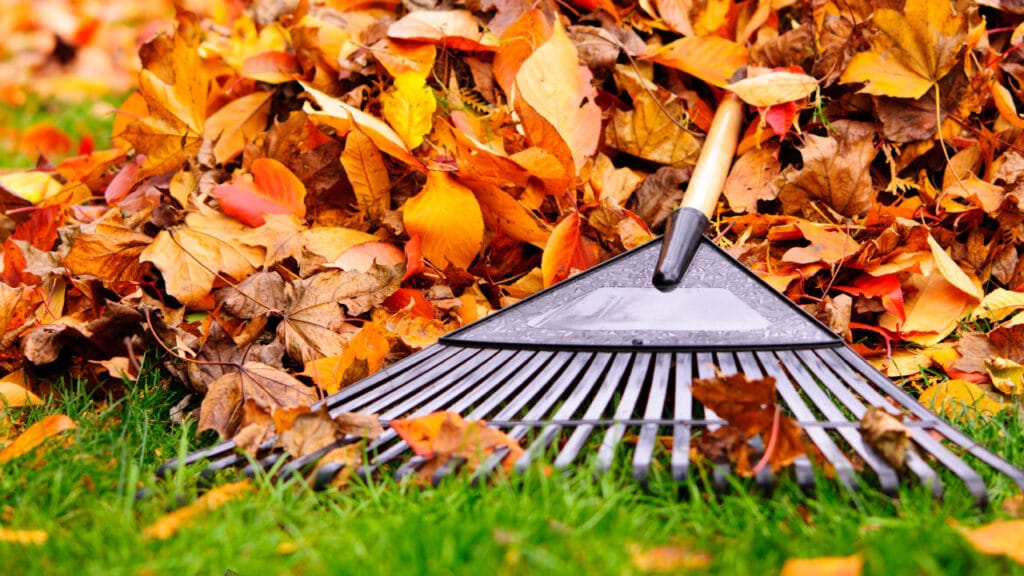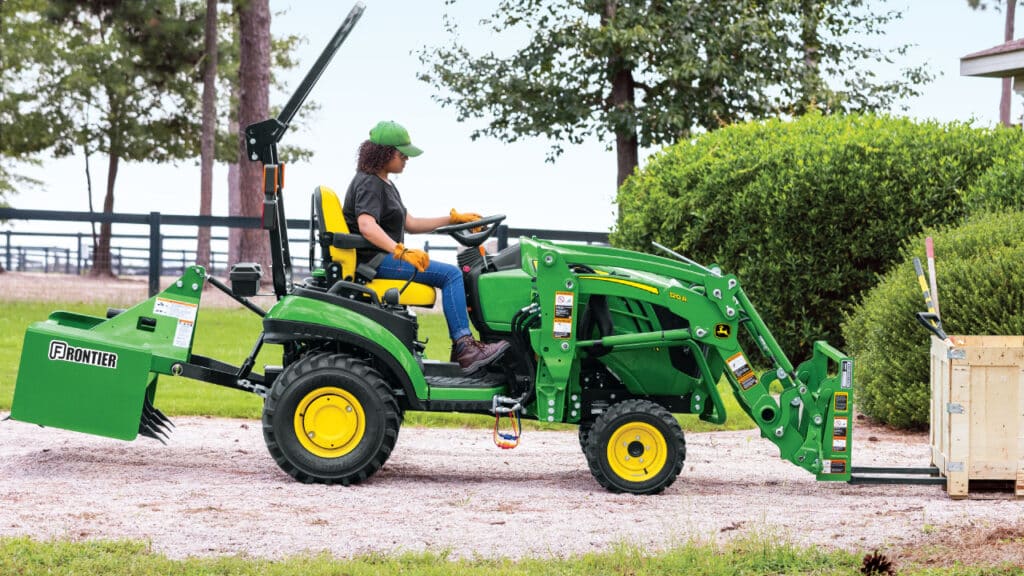
Thatch is a tightly interwoven layer of living and dead plant matter that separates green vegetation from the nurturing soil below. A little thatch is healthy and can boost wear tolerance, but too much thatch—anything over half an inch—prevents air and water from reaching the soil. Plus, it breeds disease and harmful insects, while lowering the lawn’s resistance to drought.
Excessive thatch develops when organic matter is produced faster than it can decompose. Thankfully, there are ways to prevent and remove thatch.
A variety of factors can contribute to the development of thatch, including: fast-growing grass; applying too much nitrogen (particularly in the spring); infrequent mowing or allowing grass to grow too tall; and compacted soil conditions, which lead to shallow root systems.
In a similar vein, acidic soil and the application of pesticides that limit earthworm and micro-organism activity can slow the rate at which thatch breaks down—as can allowing the lawn to go dormant.
Test your lawn by removing a 2-inch deep, pie-shaped wedge from the turf and measuring how much brown matter separates the grass from the soil. More than half an inch of thatch calls for action.
Hand-raking is an option, but a mechanized dethatcher like the John Deere Thatcherator is infinitely faster and easier. Front-mounted and tow-behind dethatchers are available; both styles work well, but front-mounted attachments used in conjunction with a bagging system allow one-pass thatch removal. If you don’t have a bagger, you’ll need to hand rake and remove the loosened thatch.
When tackling thatch, set rake tine depth so the teeth cut into the thatch, without disturbing the soil. For cool-season grasses, such as fescues and Kentucky bluegrass, prime time for dethatching is mid-to-late spring or early fall, when the grass is growing well and can quickly recover from injury. Avoid dethatching when the grass is easily damaged, such as early spring or when the lawn is stressed by extreme heat or drought. When dethatching in the fall, allow time for the grass to recover before the first frost.


 MyME
MyME



